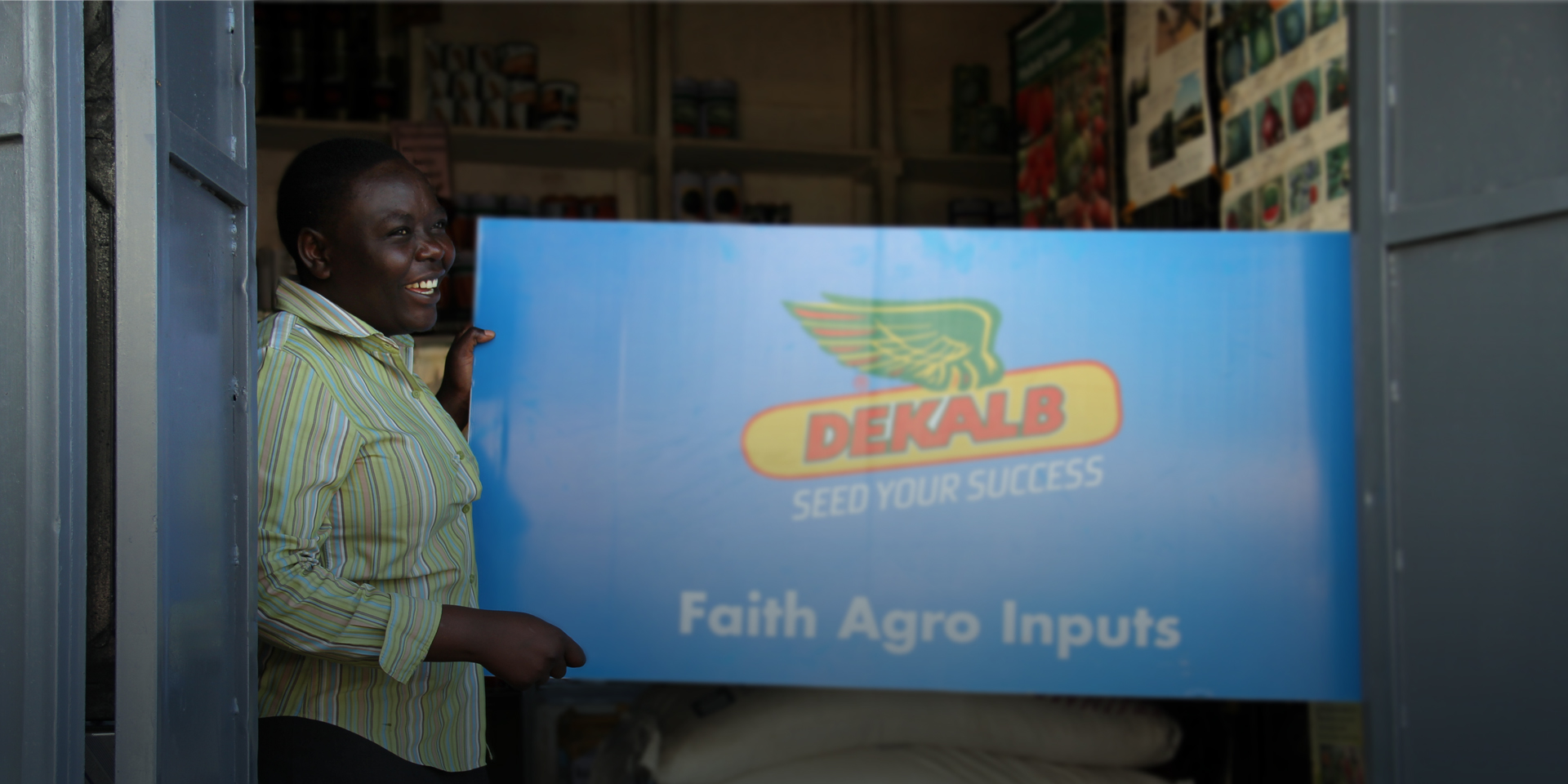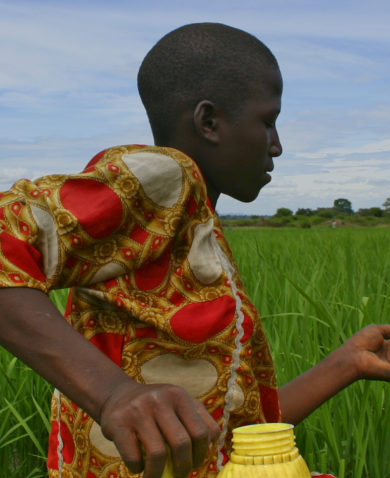
3 Questions with Najib Seguya on Pay-for-Results Financing
September 17, 2019 | 2 Minute ReadPay-for-results can drive effective, cost-efficient development programming. Najib Seguya shares lessons learned on this results-based financing mechanism.
This post originally appeared on Marketlinks.
Najib Seguya of the Feed the Future Uganda Youth Leadership in Agriculture (YLA) activity’s Strategic Activities Fund team discusses key considerations to keep in mind when designing a pay-for-results (PfR) program, also known as performance-based financing. Alex Tekakwo, Anthony Nyende, and Sara Tohamy also contributed to this interview.
1. What is pay-for-results, and what are some of the advantages of using it?
Pay-for-results (PfR) is a financing mechanism wherein funders only offer payment upon the completion and verification of pre-identified activity outcomes, rather than for activity inputs. Whereas traditional financing methods provide capital at the inputs stage, PfR is results-based, meaning that grantees receive payments after completion and verification of achieved milestones. These milestones must be relevant and technically sound; show a clear relationship between tasks, milestones, and payment; contain verifiable results, and be measurable by means of indicators.
Our project, the Uganda Youth Leadership in Agriculture (YLA) activity, uses PfR as a financing mechanism for its $2.2 million grants program, which increases the incomes, skills, and competencies of youth in agriculture. Targeted grant recipients include private, youth-led agricultural organizations working in areas such as research studies, mobile money, information services, labor-saving technologies, and more.
As for advantages, PfR ensures effective and cost-efficient development programming because it addresses two key considerations: risk and data collection (measurement). PfR alleviates risk from the donor by shifting some of it over to the implementer or recipient; and simultaneously promotes rigorous data collection to ensure that implementers and grantees have achieved outcomes that meet agreed-upon standards.
2. What are a few of the lessons learned from YLA’s initial challenges with PfR and the need to adapt to a prorated PfR mechanism?
YLA offers both fixed amount awards and in-kind grants, with a majority of grants being fixed amount awards. At the outset of the program, grants were designed for 12 to 18 months of programming. However, by year three of implementation, our team realized that the desired milestones and results were not being achieved on time. Grantees were, thus, put in a very vulnerable position — their milestone payments put at risk. One important lesson learned was the feasibility of achieving results in just six months through “quick-in, quick-out” interventions. With more periodic reporting and more efficient systems to monitor progress, the program was able to focus on high-quality indicators measuring impact, as opposed to focusing on collecting a large quantity of indicators … Read the full post on Marketlinks.
Posts on the blog represent the views of the authors and do not necessarily represent the views of Chemonics.





































































